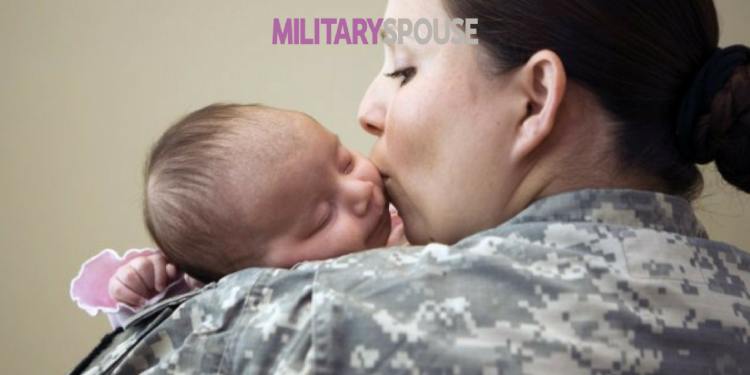Hospice Care for Military Children
It should shock you that military families, whose children have terminal illnesses, are receiving recommendations not to elect hospice care because of the inappropriate manner in which DoD is providing that care. Inexplicably and contrary to best medical practices, the military’s hospice benefit “will not pay for a terminally ill child’s hospice services unless the parents agree to give up coverage for further curative care.” This article by the National Military Family Association (NMFA) continues, “kids are different. Life-limiting conditions in children can be unpredictable. The guidelines used to make adult hospice decisions don’t apply.”
The TRICARE for Kids Coalition, of which NMFA is a part, recently discovered that the DoD had been told that military children should receive comprehensive hospice care and callously ignored the recommendation. A study, called the “Children’s Hospice Department of Defense Report”, completed in 2007 under contract with the Henry M. Jackson Foundation for the Advancement of Military Medicine, found:
“Children with life-threatening conditions (LTC) who are entitled to services from the Military Health System (MHS) do not receive care in the comprehensive pediatric palliative care and hospice model called for by the Institute of Medicine, Medicaid, the Childrens’ Hospice International, and the National Quality Forum.”
Recently, when officials in the Military Health System were asked how many children were impacted, they assured advocates that the numbers amounted to perhaps a handful. However, the DoD study stated “An estimated 4000 children with LTC [life-threatening conditions] are eligible for medical care through the MHS each year. Approximately 400 of these children die each year.”
This ought to be a national embarrassment. If DoD’s numbers are accurate, in the decade since the hospice study was published, roughly 4000 military children died without proper end-of-life care. The question that is startlingly tragic, “how did this DoD study sit on a shelf unacted on for the better part of the last decade?“




